Money Matters themed week – School Savings Club
As it is our Money Matters themed week, we are holding an information and paying in session tomorrow after school for the School Savings Club pupil accounts.
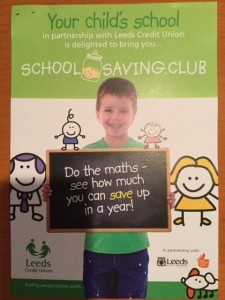
Jordan Francis, from Leeds Credit Union, will be available to give more details and hand out application forms for these pupil accounts. As there is not minimum deposit requirement, it is a great way for your child/children to learn the importance of money. Paying in sessions are held every half term.
As always, if you are unable to attend in person, please hand in any money to be paid in, to the office in a sealed envelope addressed to Mrs Tiffany.
Girls Golf Rocks
Would your child like to give golf a try?
Here’s details of a FREE local project targeting girls golf taking place in the half term break.
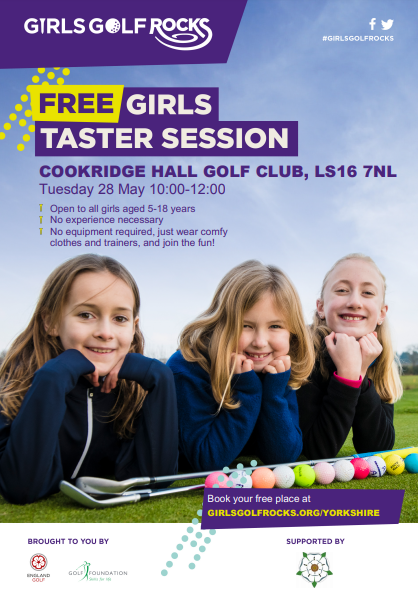
Geography: physical and human aspects

As we begin our next topic (Extreme Earth), Year 4 studied the layers that make up planet Earth. Then, we boarded an underground explorer and ventured deep below our feet. The children were fascinated by just how much goes on beneath us. Using a peach, we compared the internal structure of both the earth and the fruit. 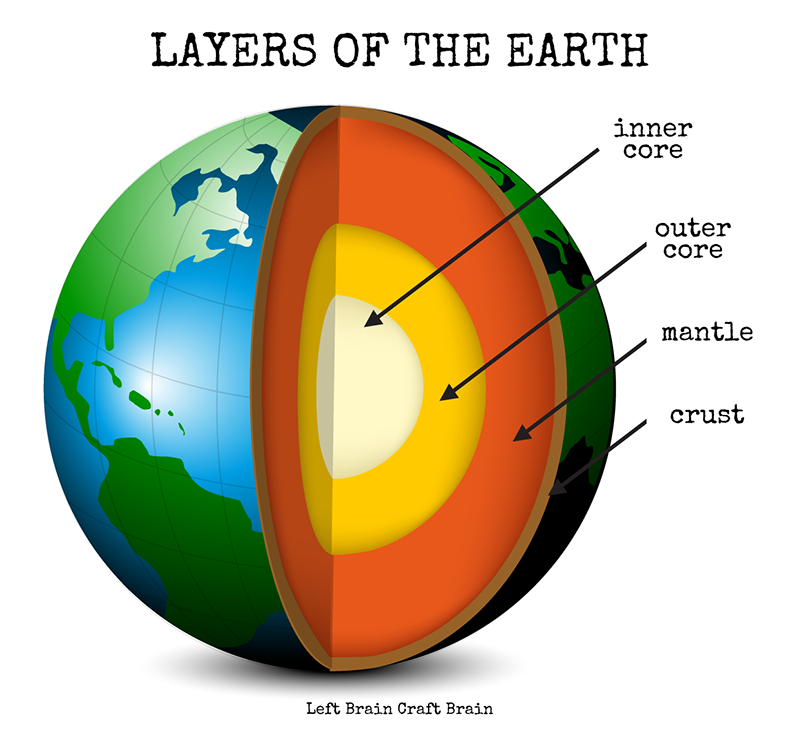
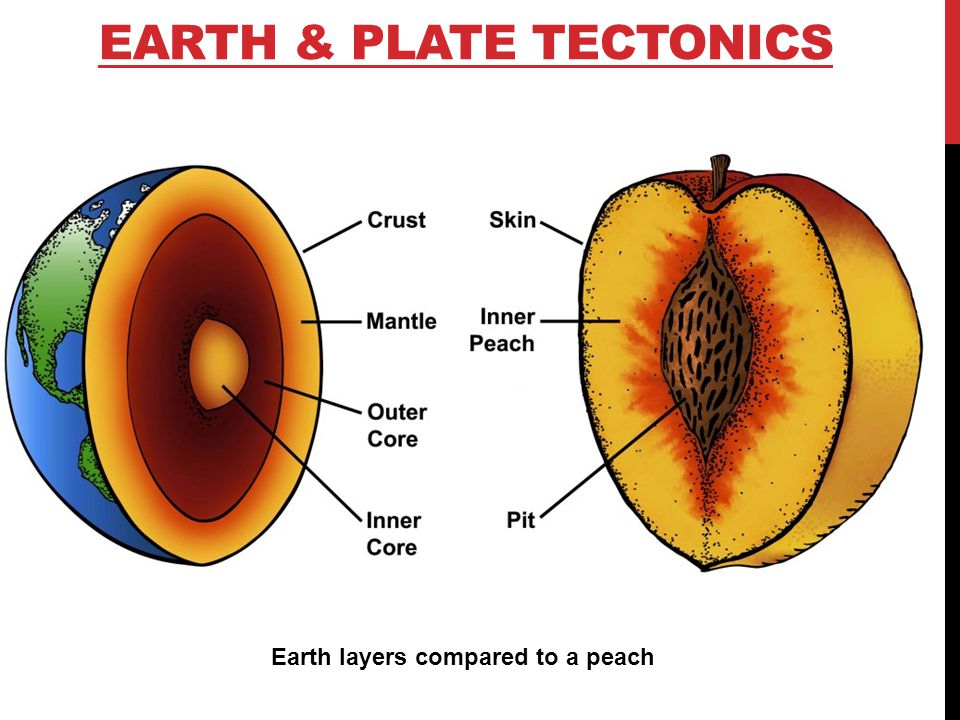
Following this, we went on to compare Leeds with the coastal town of Whitby. Using an atlas, map or globe, the children were asked to locate both places.


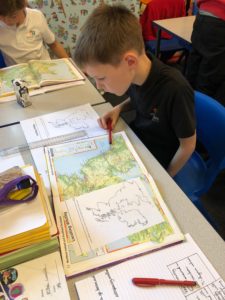
Remembering some prior learning, the class used some basic OS map symbols and the eight points of a compass to find and describe the whereabouts of each location.
I found the river that runs through Whitby. It is called the river Esk and runs for 45km. – Albie.
Albie was given the challenge to find the start and end points of the river. He tracked the flow of the river using Google Maps and commented on some of the geographical features alongside the water. Well done, Albie!
We discussed industries in both locations and Year 4 were able to confidently described aspects of human geography (eg land use, types of settlement) and physical geography (eg rivers and mountains, coastlines).
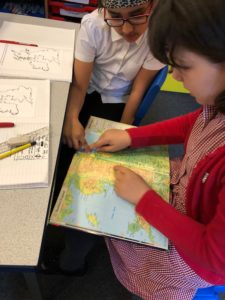
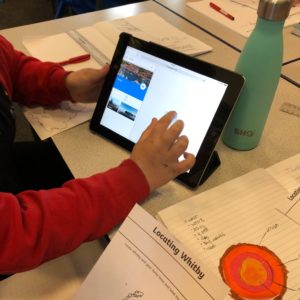
Living and Learning: I recognise the importance of money.
In preparation for our ‘Money’ themed week, Year 4 used their session today to discuss the importance of money. Lots of the children were able to recognise the reasons as to why we need money.
We need money to live.
Money is earnt.
When you are older, you need to pay your bills.
Saving money is important.
You can buy nice things.
It is good to see how much different things cost.
Money is not just cash.
Following this, we then thought about whether or not money makes people happy.
I think lots of money would make you happy.
What if you have money but no family or friends?
Money can help to make people happy because they might not worry about it.
Money can’t buy happiness.
Earning money might make some people feel happy because they have worked for it.
Well done, Year 4! Some very mature suggestions here.
Our ‘Money’ themed week begins on Monday 20th May.
What makes a good sports leader?
Thank you to our current Year 6 Sports Leaders who have fulfilled this role for the past year. It’s now time to train up some new leaders to take over lunchtime physical activity sessions.
Year 5 were invited to sign up for the roles and we had some great applications.

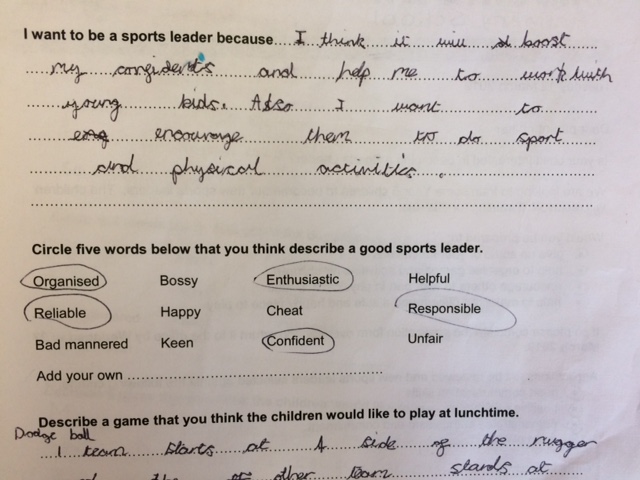


Today, fifteen Year 5 pupils began their training to gain their Mini Leaders Award. As well as learning a variety of physical activities, the group worked on their communication, explanation and organisational skills. After their second training session on Friday, they will be ready to lead sessions to the rest of the school from next week.
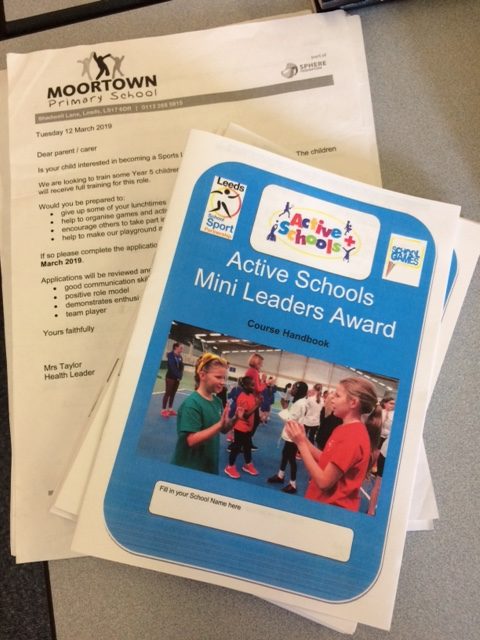

Walk to school week
To celebrate Walk to School week, next week, we’re working with Moortown Living Streets to run a fun daily quiz to help get more feet on the street! It is also our Money Matters themed week so what a better way to travel to school for free!

We all know that reducing school gate traffic improves air quality and safety and by walking some or all of the way families benefit from a healthier and more pleasant start to the day.
During Walk to School Week, Living Streets Moortown will be hiding ten words along the routes to school. See your child’s entry form for more details.
Find them each day to fill in the blanks and complete the story – remember to take a pen or pencil! There are also some daily ACTIONS for you to try – see if you can do them all!
At the end of Walk to School Week, your child should hand their completed story in to their class teacher for a chance to WIN one of four £10 Love to Shop vouchers!

Great news for Leeds
This article is great news for the city enabling children to develop healthy lifestyle choices.
Leeds has become the first city in the UK to report a drop in childhood obesity bucking the national trend. The national child measurement programme (NCMP), which requires all children to be weighed at the start and end of primary school saw a decrease in obesity levels in both reception children and children in year 6.

Residential
Well, what a great few days we’ve had! 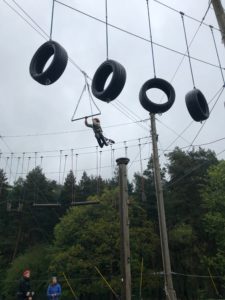
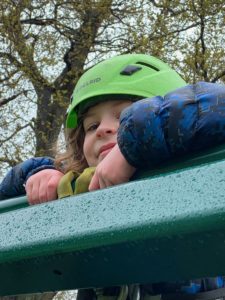 Taking Year 4 on their residential was an absolute pleasure. All the children made the most of this opportunity and it was great to see them pushing themselves beyond their own ‘comfort zones.’
Taking Year 4 on their residential was an absolute pleasure. All the children made the most of this opportunity and it was great to see them pushing themselves beyond their own ‘comfort zones.’
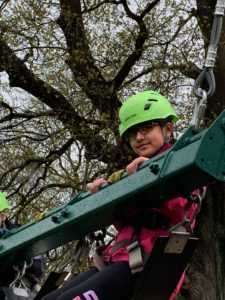

The main objectives of this visit were to develop teamwork and independence. The children most certainly achieved these! It was lovely to witness the support they offered to each other and their teamwork skills were outstanding. The class followed instructions, used super manners and were very respectful to their environment and all the adults alike. Herd Farm staff commented on the positive attitudes and determination shown by the children throughout their stay.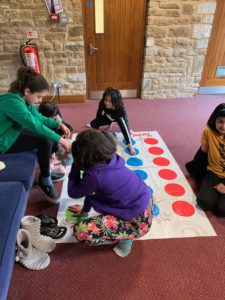
On behalf of all the Moortown staff that attended our visit, thank you Year 4 for making this a trip to remember. We had lots of laughs and you were all a credit to yourselves, your families and, of course, our school!
Well done Year 4!
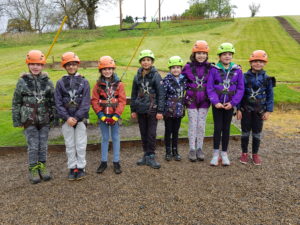
Many thanks to all the staff that made our visit possible and more importantly ‘entertaining!’
Mrs Freeman, Mrs Weekes, Mrs Charlesworth, Mrs Pearson, Mr Wilks and Mr Owen.
Below, are some photos for your to enjoy with your children. Next week, we will be doing some feedback, about Herd Farm, and this will be added to our class news page.
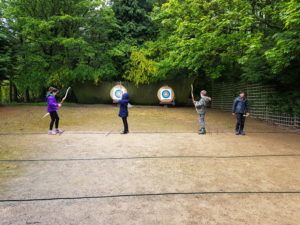
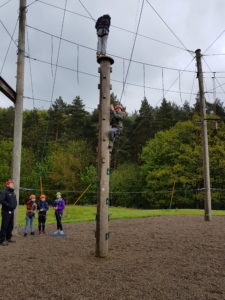
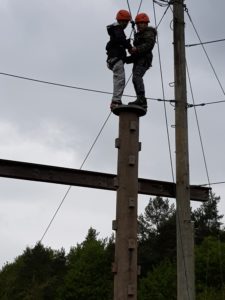
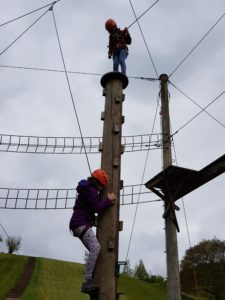
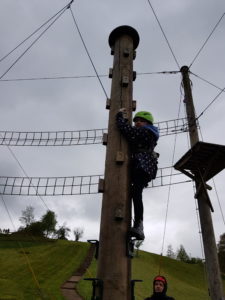
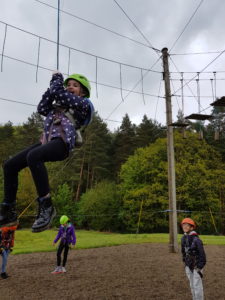
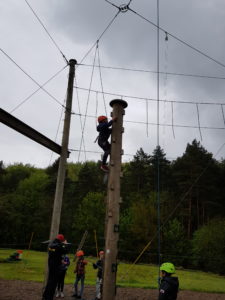

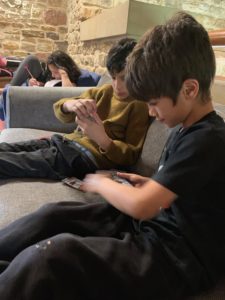
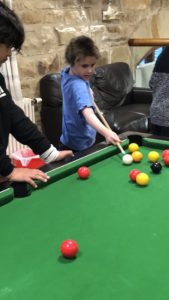
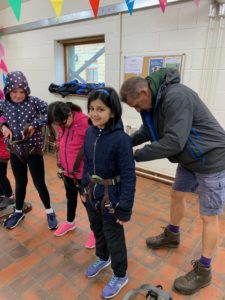
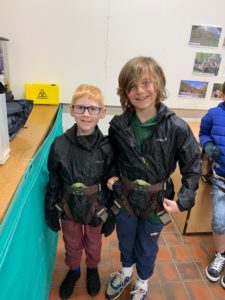

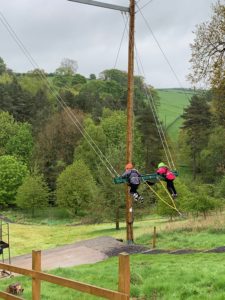

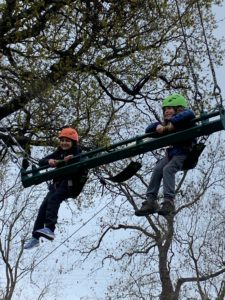

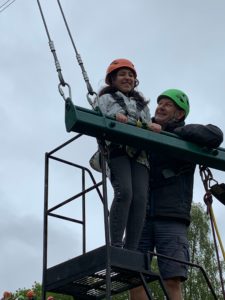
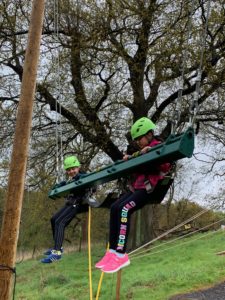
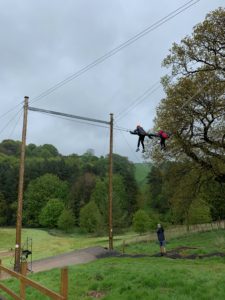
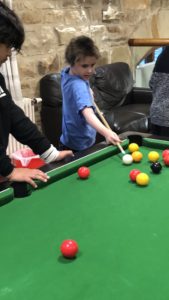
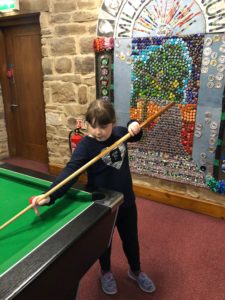
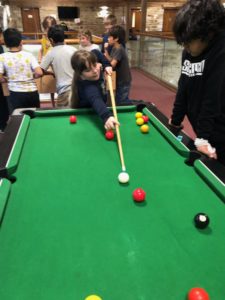
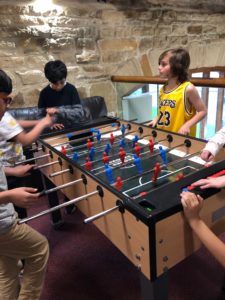
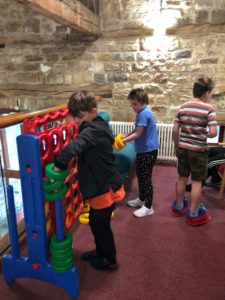
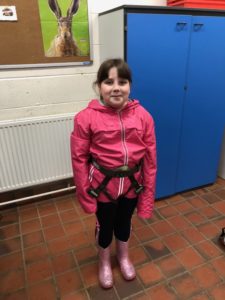
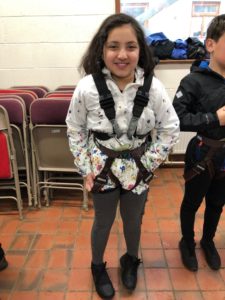
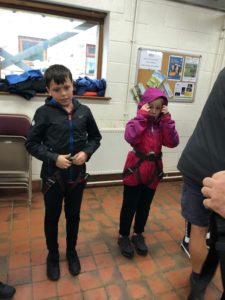
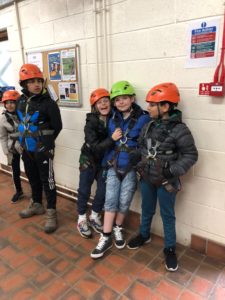
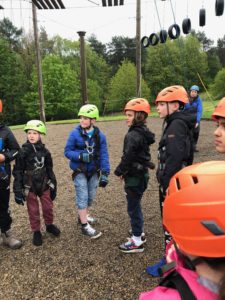
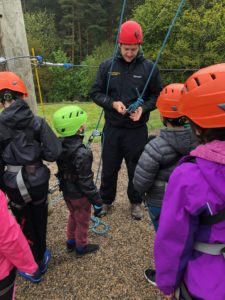
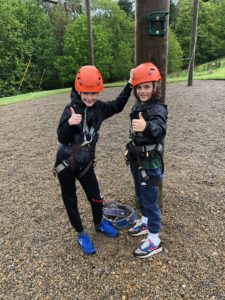
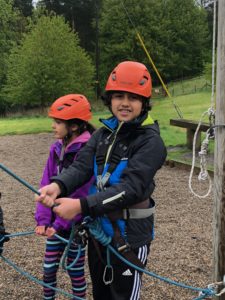
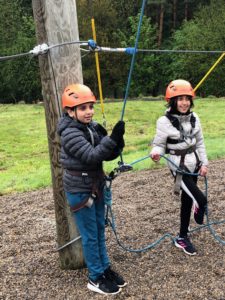
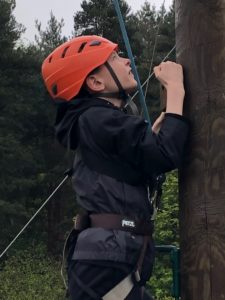
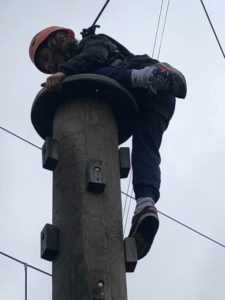
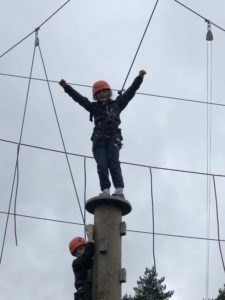
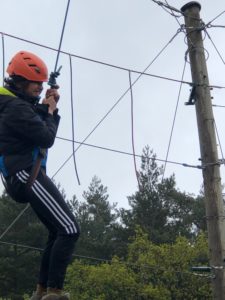
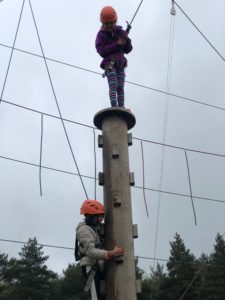
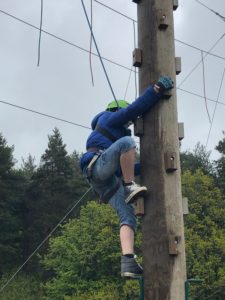
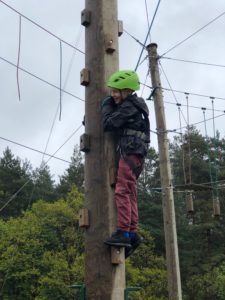
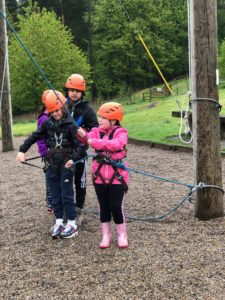
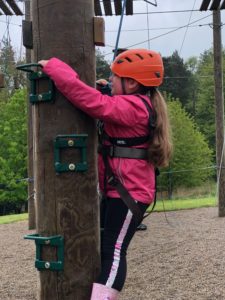
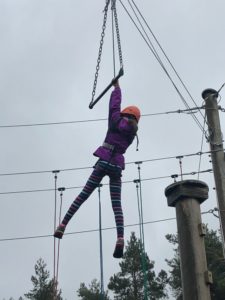

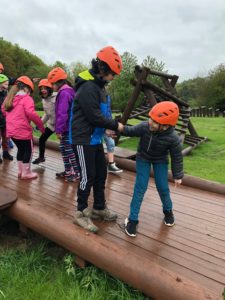
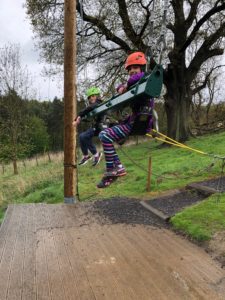
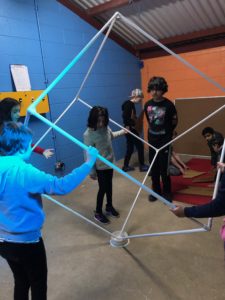
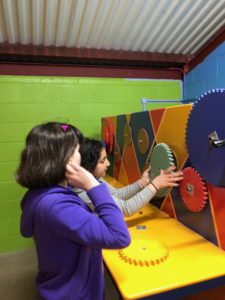
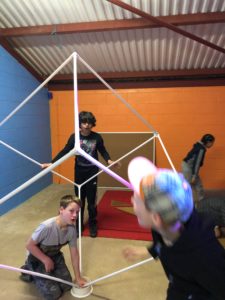
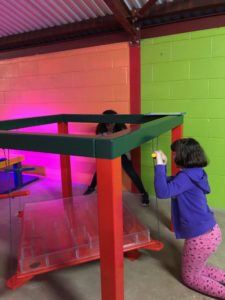
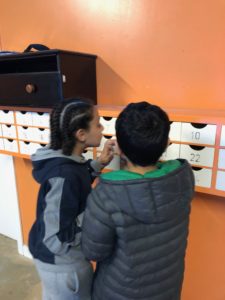
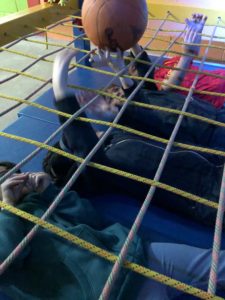

After-school club availability
Our summer term after-school clubs have started this week but it’s not too late to sign up as we do have a few spaces still available.
Monday cricket Years 3-6
Tuesday skipping Years 1-4
Wednesday Gymnastics (Leeds Gymnastics Club) All years
Thursday multi games Years 3-6
Please contact the office to book for these clubs.
Mini Mermaids running club
Mini Mermaids running club are starting a new block of sessions, open to girls, from 7th June. The sessions build up to a 5km challenge at Roundhay parkrun on Saturday 20th July at 9am.
Gledhow
LEEDS LS8 1RG
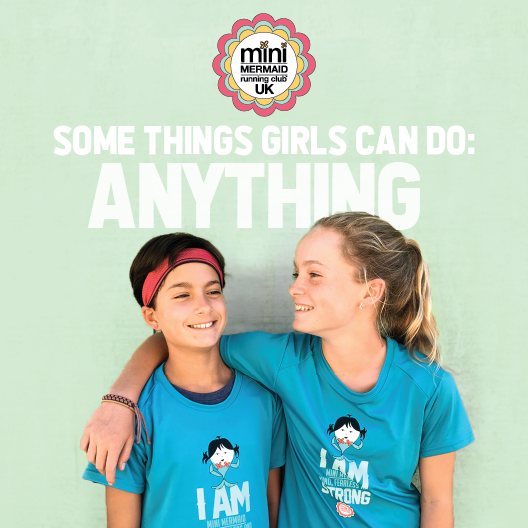
For details of how to sign up, click on the booking page here.